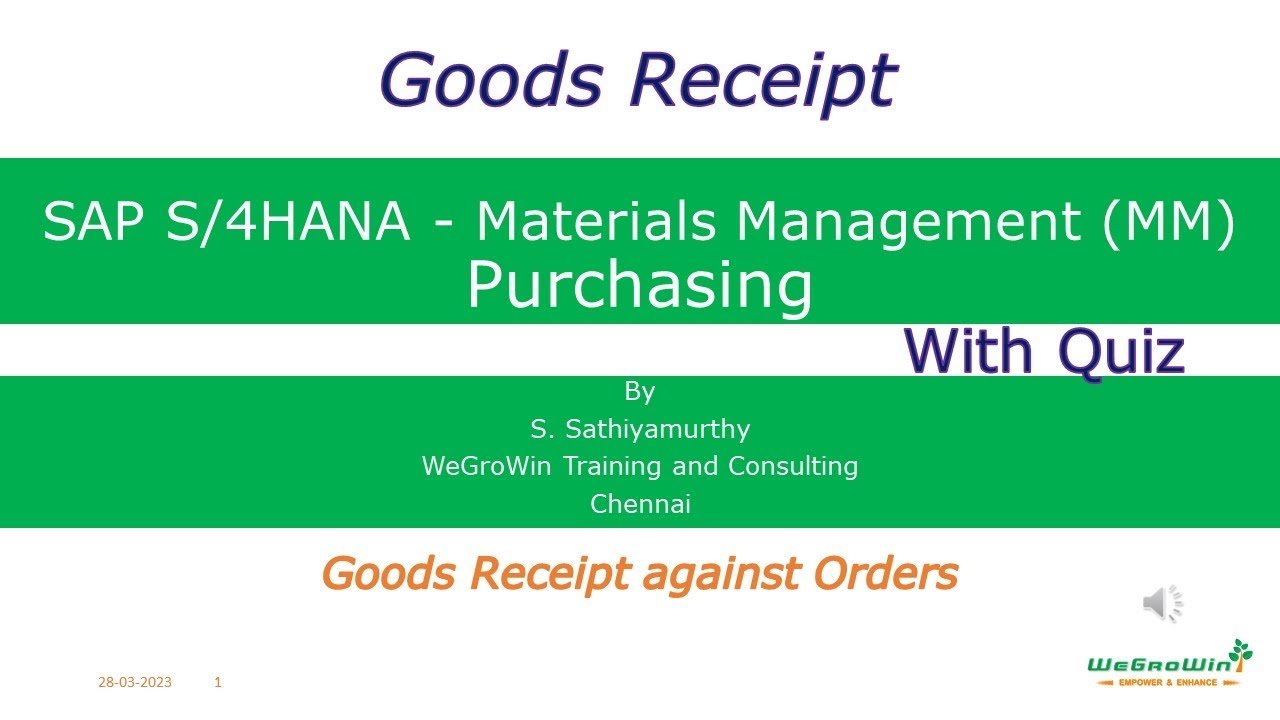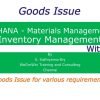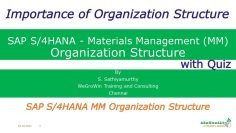This video explains the process of Goods Receipt in SAP Materials Management, focusing on how to receive materials against purchase orders. The key points discussed in the video are:
- Goods Receipt Process: Goods receipt is used to receive materials from a purchase order or in-house production order. The goods receipt process can be simple or complex depending on the nature of the material being received. A goods receipt is a company’s formal acceptance that materials were received from a vendor against a purchase order or from a production order.
- Posting Date and Document Date: The posting date is when the document is posted and should fall in the two posting periods kept open by Finance. The document date is the date on which a document is posted.
- Material Tab: The details under the Material tab are taken either from the purchase order or the material master or the purchasing info record. Since the goods receipt includes a reference purchase order, the system incorporates all the details from the purchase order, therefore they cannot be changed.
- Stock Types: There are three stock types that appear during Goods Receipt – unrestricted stock, quality stock, or blocked stock. The user can select whether the materials have to go to unrestricted stock or quality inspection stock.
- Documents Created During Goods Receipt: When a goods receipt is posted, the system creates a material document containing information such as the material delivered and the quantity delivered. The system also records the storage location in which the material is placed into the stock. Along with the material document, an accounting document is also created which records the effect of the goods movement on the value of the stock.
- Goods Receipt Note: A goods receipt note is a printed document that the warehouse uses to store the material in the correct location. The goods receipt note has three printed versions defined in the SAP system – WE01, WE02, WE03. These versions can be modified to include the information relevant for the issuing procedure for each company.



























































